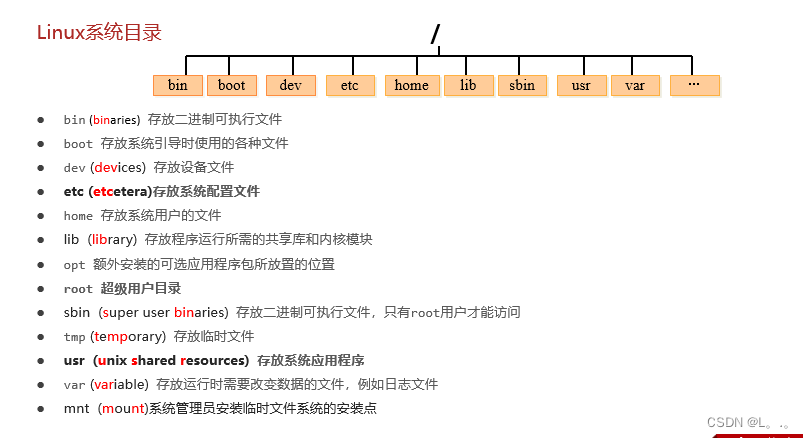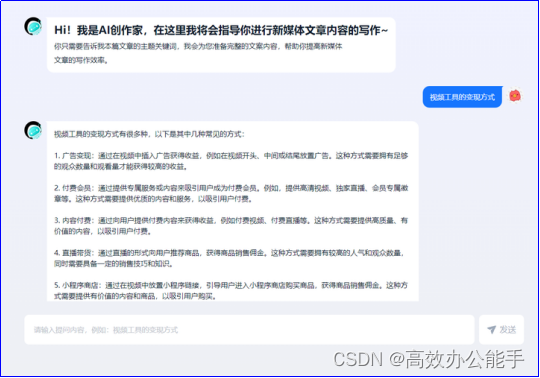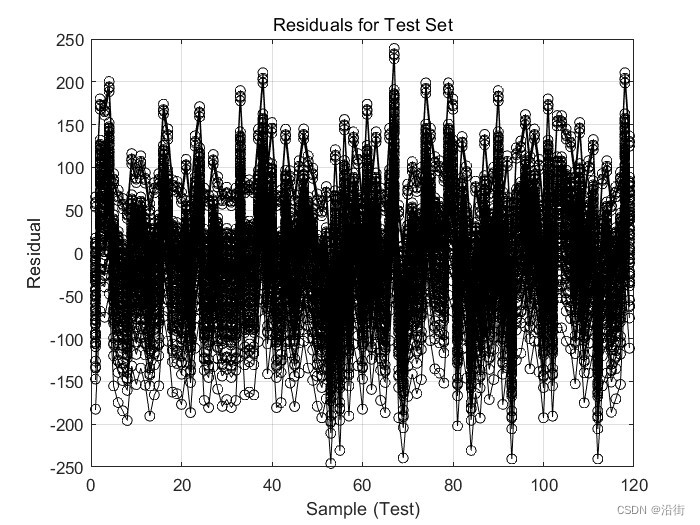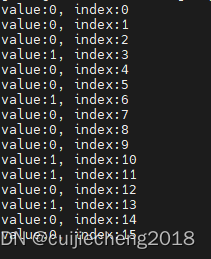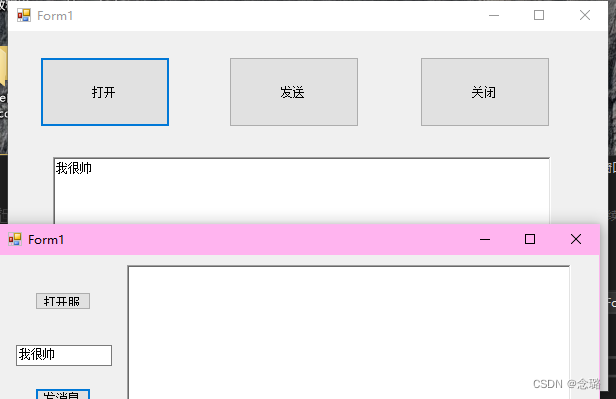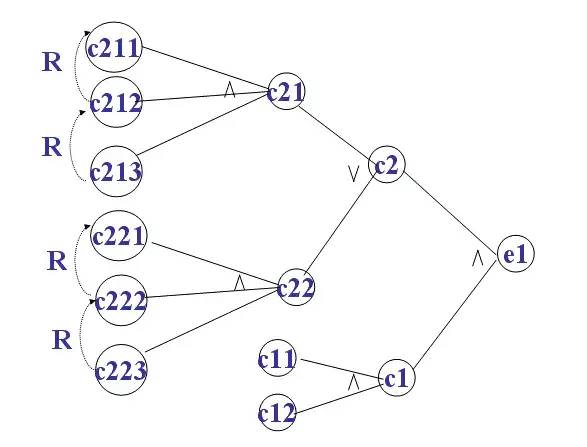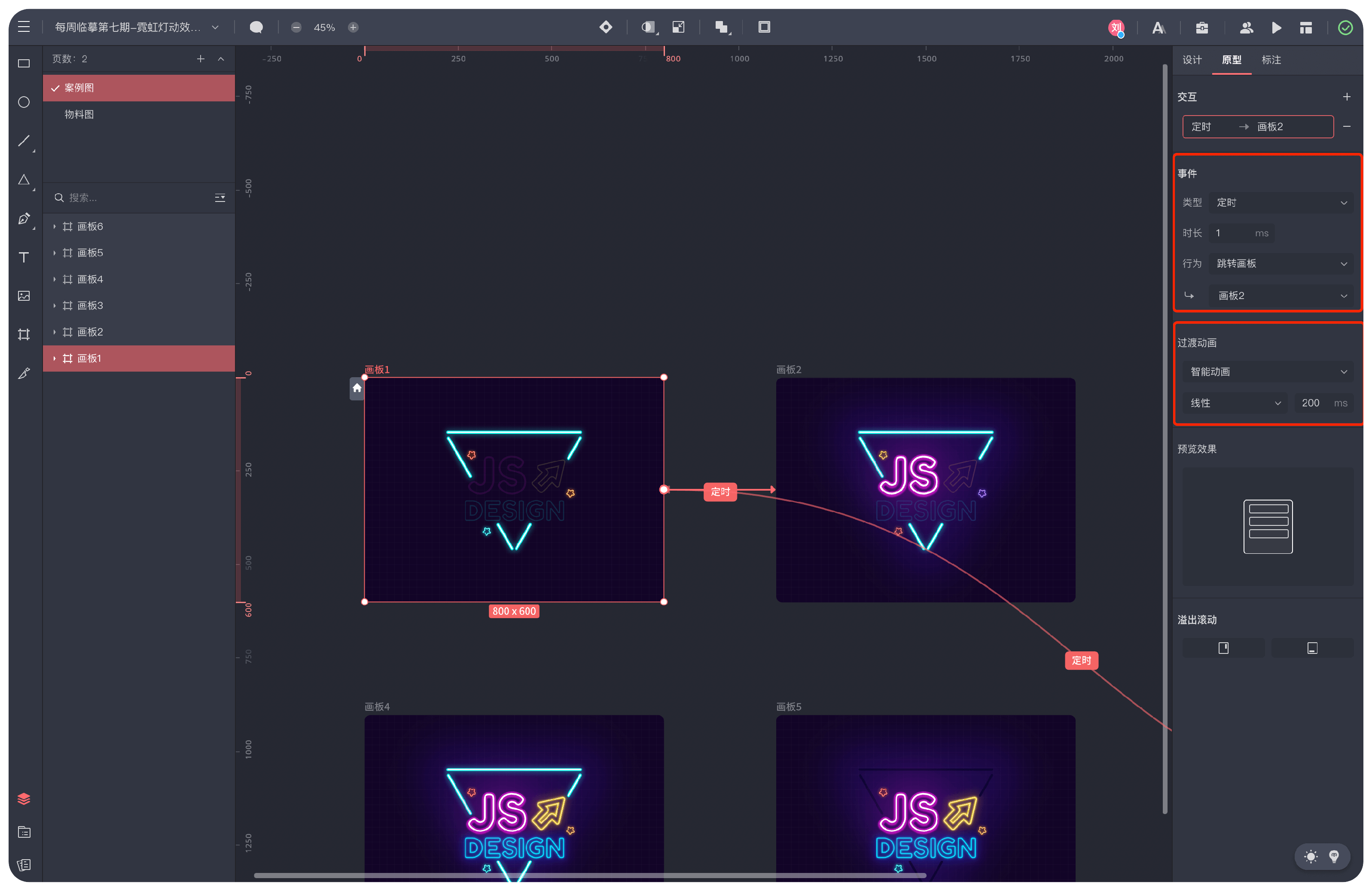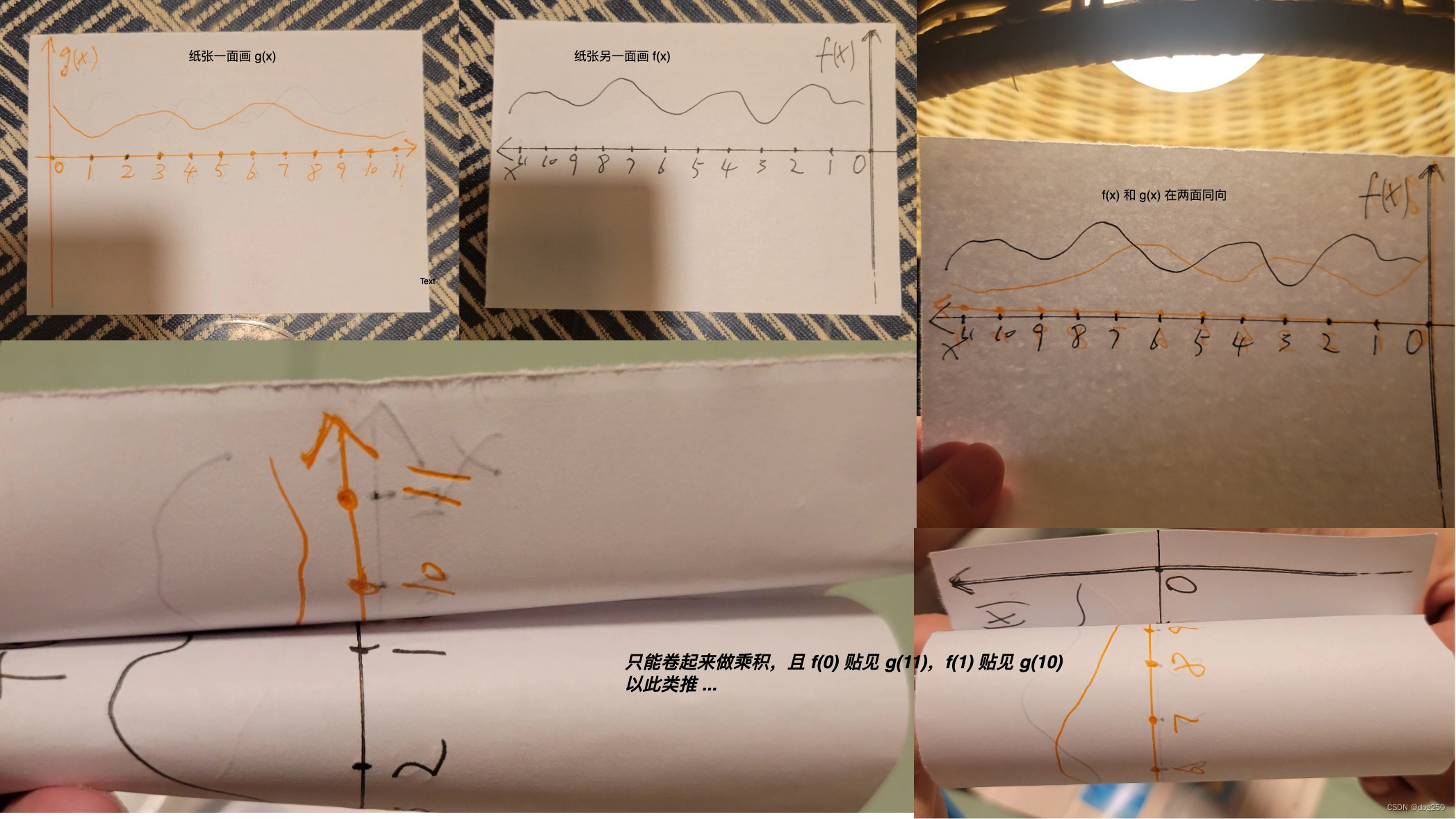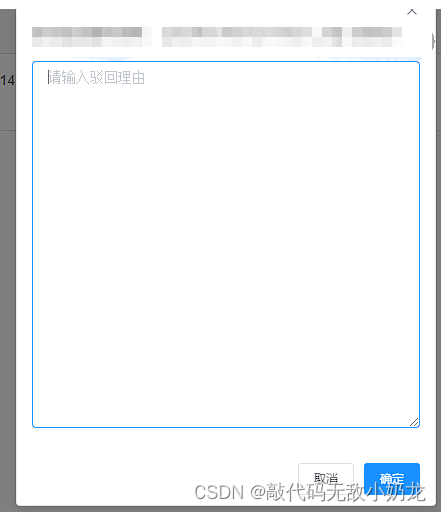文章目录
- 一、Teleport
- 1.基本用法
- 2.禁用Teleport
- 3.多个 Teleport 共享目标
- 4.搭配组件
- 二、 Suspense
- 1.什么是Suspense
- 2.异步依赖
- 3.加载中状态
- 4.事件
- 5.错误处理
- 6.和其他组件结合
- 注意
一、Teleport
<Teleport> 是一个内置组件,它可以将一个组件内部的一部分模板“传送”到该组件的 DOM 结构外层的位置去。
1.基本用法
-
Props
interface TeleportProps { /** * 必填项。指定目标容器。 * 可以是选择器或实际元素。 */ to: string | HTMLElement /** * 当值为 `true` 时,内容将保留在其原始位置 * 而不是移动到目标容器中。 * 可以动态更改。 */ disabled?: boolean } -
使用语法
<teleport to="body"> <div> 需要创建的内容 </div> </teleport> -
to 属性是指定 teleport 中的内容 加入的DOM元素。可以是标签名,也可以是 id 或类名。
//标签名 。上述实例就是加入body元素内,使用的是标签名。 <teleport to="body"></teleport> //类名。如:to=".className" <teleport to=".className"></teleport> //id名 <teleport to="#idName"></teleport> -
示例
<template> <div> <div id="idName">111</div> <div class="className">222</div> <!-- //标签名 。上述实例就是加入body元素内,使用的是标签名。 --> <Teleport to="body"> <div>我是标签名body</div> </Teleport> <!-- //类名。如:to=".className" --> <Teleport v-if="flag" to=".className"> <div> 我是类名className </div> </Teleport> <!-- //id名 --> <Teleport v-if="flag" to="#idName"> <div> 我是id名idName </div> </Teleport> </div> </template> <script lang="ts"> import { defineComponent, ref, onMounted } from 'vue' export default defineComponent({ setup () { const flag = ref(false) onMounted(() => { flag.value = true }) return { flag } } }) </script>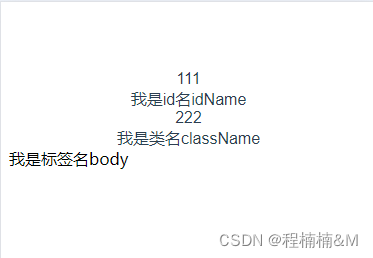
-
bug解决, 一定要用v-if控制Teleport 组件,确保它在onMounted加载完成之后传送。如果不加会报错:
解决办法
确保目标元素存在于DOM中,并且具有正确的类名".modal"。
确保组件在DOM树中的位置正确,确保它在目标元素之后被渲染。
如果使用了Vue的单文件组件,请确保的父组件已经被正确渲染。
如果目标元素是动态创建的,请确保在查找目标元素之前,该元素已经被创建。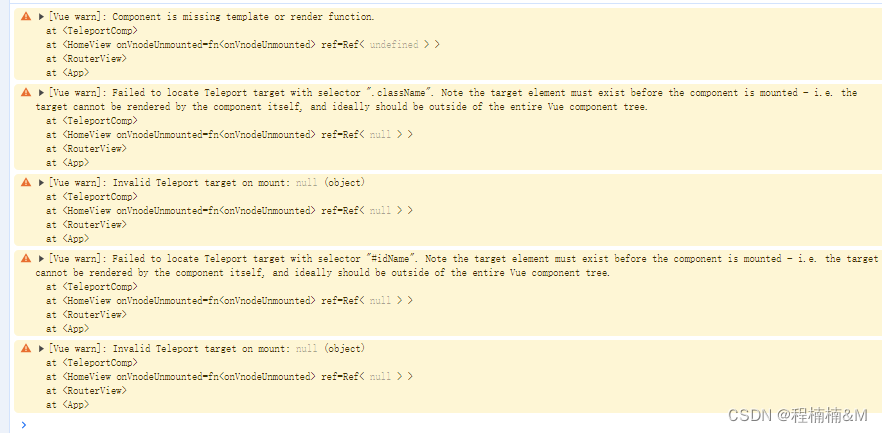
2.禁用Teleport
<Teleport> 动态地传入一个 disabled
当值为
true时,内容将保留在其原始位置
而不是移动到目标容器中。
可以动态更改。
<template>
<div>
<div class="className">222 {{ isMobile }}</div>
<div id="idName">111 {{ !isMobile }}</div>
<!-- //标签名 。上述实例就是加入body元素内,使用的是标签名。 -->
<Teleport to="body" :disabled="false">
<div>我是标签名body</div>
</Teleport>
<!-- //类名。如:to=".className" -->
<Teleport :disabled="isMobile" v-if="flag" to=".className">
<div>
我是类名className
</div>
</Teleport>
<!-- //id名 -->
<div v-if="flag">
<Teleport :disabled="false" to="#idName">
<div>
我是id名idName
</div>
</Teleport>
</div>
</div>
</template>
<script lang="ts">
import { defineComponent, ref, onMounted } from 'vue'
export default defineComponent({
setup () {
const flag = ref(false)
const isMobile = ref(false)
const isId = ref(false)
function getIsMobile () {
const isMobi = navigator.userAgent.toLowerCase().match(/(ipod|ipad|iphone|android|coolpad|mmp|smartphone|midp|wap|xoom|symbian|j2me|blackberry|wince)/i) != null
console.log(isMobi)
if (isMobi) {
isMobile.value = true
} else {
isMobile.value = false
}
}
onMounted(() => {
flag.value = true
getIsMobile()
})
return {
flag,
isMobile,
isId
}
}
})
</script>
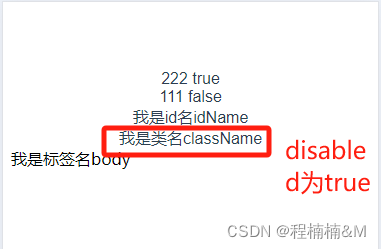
3.多个 Teleport 共享目标
一个可重用的模态框组件可能同时存在多个实例。
多个 <Teleport> 组件可以将其内容挂载在同一个目标元素上,而顺序就是简单的顺次追加,后挂载的将排在目标元素下更后面的位置上。
<template>
<div>
<div class="className">222 {{ isMobile }}</div>
<div id="idName">111 {{ !isMobile }}</div>
<!-- //标签名 。上述实例就是加入body元素内,使用的是标签名。 -->
<Teleport to="body" :disabled="false">
<div>我是标签名body</div>
</Teleport>
<!-- //类名。如:to=".className" -->
<Teleport :disabled="isMobile" v-if="flag" to=".className">
<div>
我是类名className1
</div>
</Teleport>
<Teleport :disabled="isMobile" v-if="flag" to=".className">
<div>
我是类名className2
</div>
</Teleport>
<Teleport :disabled="isMobile" v-if="flag" to=".className">
<div>
我是类名className3
</div>
</Teleport>
<Teleport :disabled="isMobile" v-if="flag" to=".className">
<div>
我是类名className4
</div>
</Teleport>
<!-- //id名 -->
<div v-if="flag">
<Teleport :disabled="false" to="#idName">
<div>
我是id名idName
</div>
</Teleport>
</div>
</div>
</template>
<script lang="ts">
import { defineComponent, ref, onMounted } from 'vue'
export default defineComponent({
setup () {
const flag = ref(false)
const isMobile = ref(false)
const isId = ref(false)
function getIsMobile () {
const isMobi = navigator.userAgent.toLowerCase().match(/(ipod|ipad|iphone|android|coolpad|mmp|smartphone|midp|wap|xoom|symbian|j2me|blackberry|wince)/i) != null
console.log(isMobi)
if (isMobi) {
isMobile.value = true
} else {
isMobile.value = false
}
}
onMounted(() => {
flag.value = true
getIsMobile()
})
return {
flag,
isMobile,
isId
}
}
})
</script>
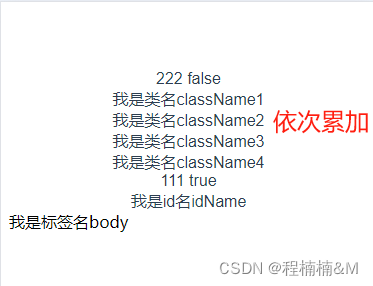
4.搭配组件
<Teleport> 只改变了渲染的 DOM 结构,它不会影响组件间的逻辑关系。也就是说,如果 <Teleport> 包含了一个组件,那么该组件始终和这个使用了 <teleport> 的组件保持逻辑上的父子关系。传入的 props 和触发的事件也会照常工作。
这就说明来自父组件的注入也会按预期工作,子组件将在 Vue Devtools 中嵌套在父级组件下面,而不是放在实际内容移动到的地方。
二、 Suspense
<Suspense> 是一个内置组件,用来在组件树中协调对异步依赖的处理。它可以在组件树上层等待下层的多个嵌套异步依赖项解析完成,并可以在等待时渲染一个加载状态。
用于协调对组件树中嵌套的异步依赖的处理。
注:<Suspense>是一项实验性功能。它不一定会最终成为稳定功能,并且在稳定之前相关 API 也可能会发生变化。
1.什么是Suspense
Suspense 是一个用于处理异步操作(如数据加载)的特性,在 Vue 3 中引入,旨在改善用户体验。它允许您在异步操作完成之前显示占位内容,以防止页面出现空白或加载指示器。一旦异步操作完成,Suspense 将自动切换到实际内容,提供了更好的用户体验。
interface SuspenseProps {
timeout?: string | number
suspensible?: boolean
}
- Suspense 主要用于以下情况:
- 异步组件加载:当您的应用需要在渲染组件之前等待异步组件加载完成时,可以使用 Suspense。
- 数据加载:当您需要等待异步数据加载完成后再渲染组件,以避免渲染空白或加载指示器时,可以使用
2.异步依赖
Suspense 最常用于处理异步组件加载。Vue 3 允许您按需加载组件,以减小应用的初始加载时间。以下是一个示例,展示了如何使用 Suspense 处理异步组件加载:
<Suspense>
<template #default>
<AsyncComponent />
</template>
<template #fallback>
<LoadingIndicator />
</template>
</Suspense>
</template>
<script>
import { defineAsyncComponent } from 'vue';
const AsyncComponent = defineAsyncComponent(() =>
import('./AsyncComponent.vue')
);
export default {
components: {
AsyncComponent
}
};
</script>在这里插入代码片
<Suspense> 可以等待的异步依赖有两种:
- 带有异步 setup() 钩子的组件。这也包含了使用
<script setup>时有顶层 await 表达式的组件。 - 异步组件。
3.加载中状态
<Suspense> 组件有两个插槽:#default 和 #fallback。两个插槽都只允许一个直接子节点。在可能的时候都将显示默认槽中的节点。否则将显示后备槽中的节点。
当要加载的组件不满足状态时,Suspense 将回退到 fallback状态一直到加载的组件满足条件,才会进行渲染。
<template>
<Suspense>
<template #default>
<UserData :user-id="userId" />
</template>
<template #fallback>
<LoadingIndicator />
</template>
</Suspense>
</template>
4.事件
<Suspense> 组件会触发三个事件:pending、resolve 和 fallback。
- pending 事件是在进入挂起状态时触发。
- resolve 事件是在
- default 插槽完成获取新内容时触发。
- fallback 事件则是在 fallback 插槽的内容显示时触发
5.错误处理
<Suspense> 组件自身目前还不提供错误处理,不过可以使用 errorCaptured 选项或者 onErrorCaptured() 钩子,在使用到 <Suspense> 的父组件中捕获和处理异步错误。
<template>
<div>
<h1>标题</h1>
<suspense>
<template #default>
<async-component />
</template>
<template #fallback>
<div>加载中...</div>
</template>
<template #error="error">
<div>加载出错:{{ error }}</div>
</template>
</suspense>
</div>
</template>
<script>
import { defineAsyncComponent } from 'vue';
const AsyncComponent = defineAsyncComponent(() =>
import('./AsyncComponent.vue')
);
export default {
components: {
AsyncComponent
}
};
</script>
6.和其他组件结合
<Suspense> 和 <Transition>、<KeepAlive> 等组件结合。要保证这些组件都能正常工作,嵌套的顺序非常重要。
<Suspense> 和 <Transition>、<KeepAlive> 组件都通常与 Vue Router 中的 <RouterView> 组件结合使用。
<RouterView v-slot="{ Component }">
<template v-if="Component">
<Transition mode="out-in">
<KeepAlive>
<Suspense>
<!-- 主要内容 -->
<component :is="Component"></component>
<!-- 加载中状态 -->
<template #fallback>
正在加载...
</template>
</Suspense>
</KeepAlive>
</Transition>
</template>
</RouterView>
Vue Router 使用动态导入对懒加载组件进行了内置支持。这些与异步组件不同,目前他们不会触发 <Suspense>。但是,它们仍然可以有异步组件作为后代,这些组件可以照常触发 <Suspense>。
注意
- Suspense 组件必须包裹需要异步加载的组件。
- 需要定义 fallback 模板,用于在异步组件加载完成前展示 Loading 状态。
- 可以使用 Teleport 元素将组件渲染到指定的 DOM 节点中。
- 需要根据具体情况,结合 Vue Router 和 Vuex 构建完整的异步组件加载方案。


